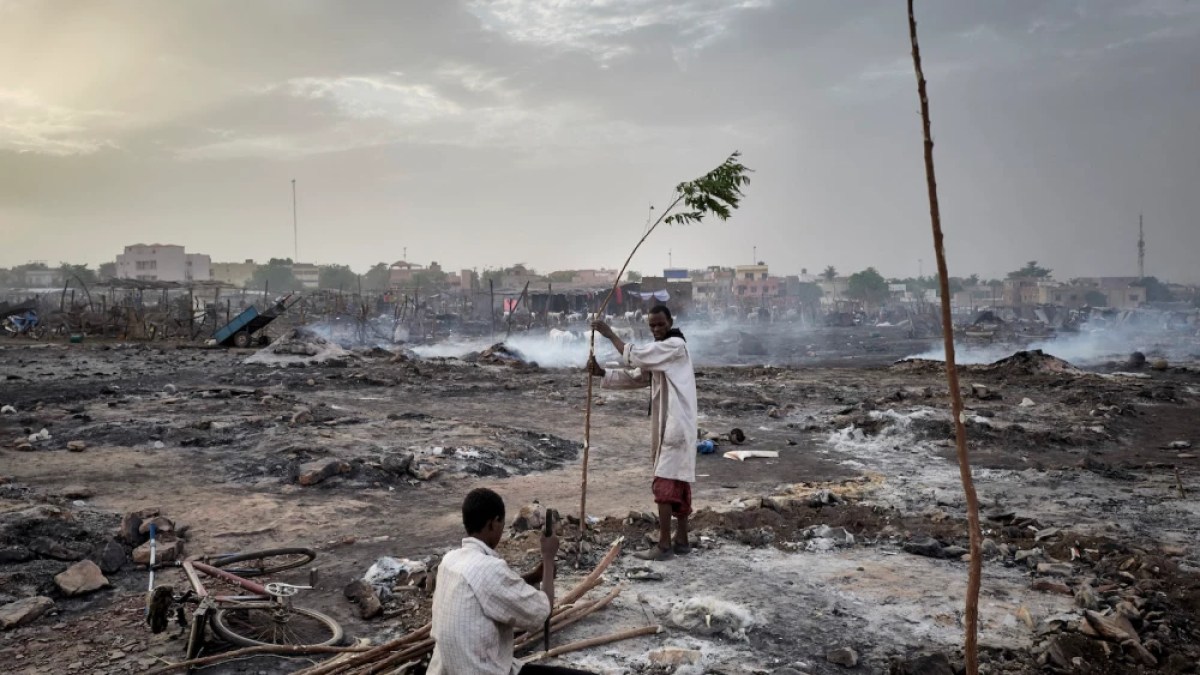On the morning of Friday 30 December, gunmen from government-backed militias were breaking into the homes of the small village of Nona in northwest Burkina Faso, house by house, killing civilians.
According to eyewitness accounts given to Amnesty International, the armed men specifically targeted civilians from the so-and-so tribes in the village.
Although the government announced the killing of 28 people, eyewitnesses said that they buried more than 80 bodies after the militia members left, according to an article published by the American Foreign Policy magazine.
The author of the article, James Courtright, a researcher at the Institute of Current Global Affairs, highlighted that the armies of Mali and Burkina Faso and their foreign partners and local ethnic militias in the region are committing mass massacres against civilians from the Flan tribes in central Mali and Burkina Faso under the pretext of war on armed Islamic groups.
Targeting and marginalization
According to data published by the Armed Conflict Location & Event Data Project, more than half of the civilians killed by the military or ethnic militias in both Burkina Faso and Mali last year were so-and-so, even though they constituted About 10% and 14% of the population in each of the two countries, respectively.
The article indicated that the escalation in the killing of civilians, so and so, in the region comes at a time when the government is launching an offensive against armed groups in central Mali, and the forces in Burkina Faso are increasing civilian aid to them, in addition to the withdrawal of French forces from both countries.
Cortright warns in his article that targeting the so-and-so tribes, based on false allegations that they all support armed jihadist groups, would prolong the conflict in the region, facilitate the recruitment of so-and-so by armed groups, and could lead to the outbreak of violence in the southern states with a fragile security situation. .
The Flan tribes, almost all of whose members are considered Muslims, include about 30 million people, who live in different regions in many West African countries.
Although they constitute the second largest ethnic group in both Mali and Burkina Faso, the leaders of the Fulani in the two countries complain of being marginalized for decades, especially in the government and the army, according to a Foreign Policy article.
Why is so and so being targeted?
In 2015, a new armed group emerged in the towns of Mopti and Segou, which are areas in central Mali with a majority population of Fulani, led by Amadou Koufa, the charismatic preacher who became a militant, according to the article.
A year later, a similar armed group calling itself Ansar al-Islam emerged in northern Burkina Faso, near the Malian border.
The two groups have recruited many members of the marginalized Fulani tribes that depend on pastoralists, and have used the grievances committed against them by the state apparatus.
In his article, the writer highlights that these groups did not claim to represent the interests of so-and-so, but rather sought to form an alliance that brings together many ethnicities. Among the civilians targeted at the beginning of their operations were mayors, village sheikhs, and imams of so-and-so, who spoke about them in a way that did not satisfy them.
The writer said that the Malian army responded to the emergence of the two groups with mass arrests, torture, enforced disappearances of civilians, and extrajudicial killings.
Similar abuses were reported in northern Burkina Faso.
The majority of the victims were civilians from the so-and-so tribes, whom the security forces accuse of collaborating with the militants.
spiral of violence
The writer highlighted that the army's harsh campaign had counterproductive results, and after the withdrawal of the army forces and the increase in the fighters of the rebel groups, the residents of villages and rural areas took the initiative to secure themselves, and they formed local groups to defend their villages.
Some of those groups, which armed themselves, set up checkpoints at the entrances to the villages.
Malian sociologist Modibo Ghali Cisse says that although these militias were formed to protect civilians, many of them used insecurity as a pretext to seize land and water resources.
With the development of events, the militias that were formed to defend the villages and neighborhoods began to respond to the attacks of the armed jihadist groups, by harassing the neighboring communities of so and so.
This harassment prompts so-and-so to take revenge, which creates a spiral of violence and widespread murders between local militias that have nothing to do with armed groups, according to the author.
Sissi sums up the situation by saying, "The militias committed the first massacres targeting civilians in central Mali, and turned the conflict into an ethnic conflict."

